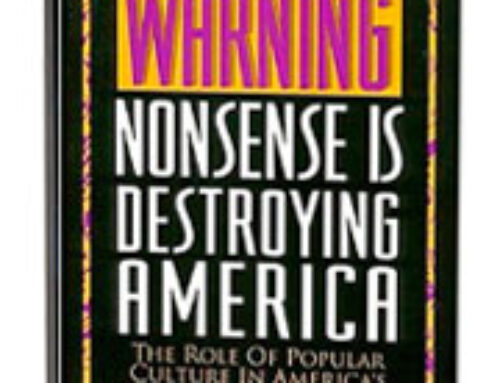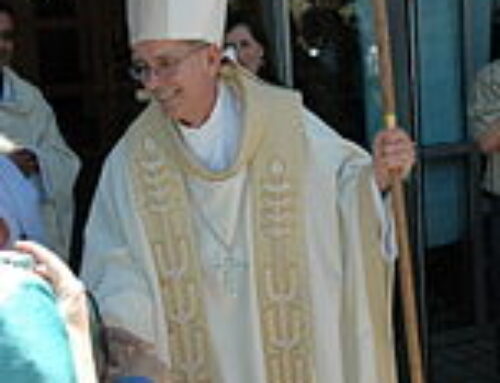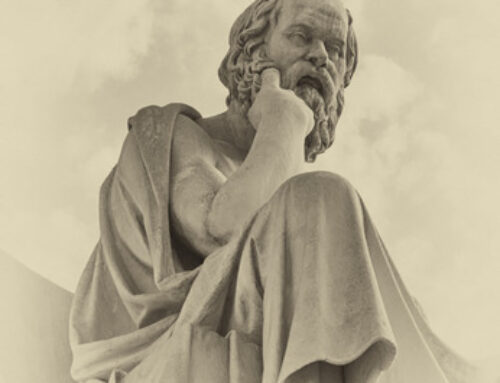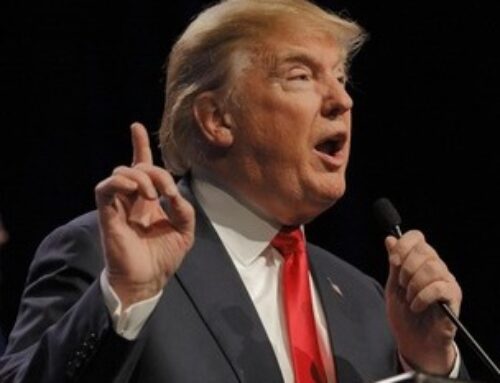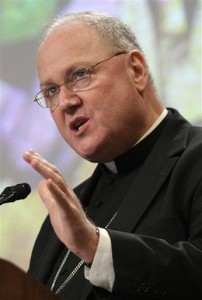
To suggest that a man of such importance lacks discernment certainly requires evidence. Before providing it, let me clarify what I mean by discernment. A discerning person is one who is sensitive to complexity, nuance, and subtlety and thus can grasp the difference between fact and opinion, assertion and evidence, fair and unfair criticism. Such sensitivity is essentially the byproduct of careful thinking
In support of the suggestion that the Cardinal has a discernment deficit, I offer the following three cases:
1) In 2012, Dolan published a “book” entitled True Freedom, a combination of pastoral letter and scholarly analysis. I put book in quotes because its total length is 37 pages, and included in that count is an excerpt from John L Allen’s A People of Hope. (Perhaps not coincidentally, the Allen excerpt praises Dolan as “Rome’s go-to guy in America,” “the new media darling of the Church in the United States,” “larger than life,” “relentlessly upbeat,” and “Affirmative Orthodoxy on steroids.”) Dolan’s part of the “book” displays the logical fallacy of ignoring the legal and moral distinctions among a) unborn children, b) illegal aliens, and c) death row inmates. In addition, as I noted at the time, it contains inflammatory language—notably, “a roar of hate,” “clenched fists,” “gritted teeth,” and “appealing to the nativistic side of our nature”—to characterize, by clear implication and zero fairness, Presidential candidate Mitt Romney and Arizona Governor Jan Brewer.
2) In January 2017 the Cardinal wrote an essay for the New York Daily News comparing Governor Andrew Cuomo’s approval of late term abortion and President Trump’s temporary halting of immigrants, clearly suggesting moral equivalence where there was none.
3) Cardinal Dolan attended the Met Gala 2018 which featured Rihanna dressed as a pope in a silver high-thigh-length dress and a gem-studded tiara, and Katy Perry with an oversized pair of wings. A man wore a crown of thorns and a pregnant woman was dressed like the Blessed Virgin. Other outfits reflected Catholic themes, many designed to display an abundance of bare flesh. Madonna wore a gold crown rimmed with crucifixes, a similarly styled necklace, and a black gown and cape. Later she removed the cape and skirt, revealing a corset top, and sang “Like a prayer.” The Cardinal’s reaction to the Gala: “I may have seen some things in poor taste, but I didn’t detect anybody out to offend the church,” the latter clause oddly suggesting that an act cannot be offensive unless it is intended to be so. But he reportedly said much more:
“I didn’t really see anything sacrilegious” . . . [The guests were] “rather respectful of the sacred . . . They were sure good to me, they were sure kind to me . . . [A number were saying] ‘Look, there is something mystical and mesmerizing about the Catholic faith and it enchants the imagination.’” The choice of words here–“sure good to me” and “sure kind to me”–seems odd, almost as if he were more interested in how the celebrities treated HIM than how their gala treated Catholicism.
[He said jokingly] “The news said she was wearing a tiara. She gave it back to me this morning . . . I was teasing my auxiliary bishops, who were teasing me about Rihanna and I said, ‘Hey, you guys should not complain because she’s volunteered to do some confirmations.’” Levity was not inappropriate, but to offer it INSTEAD of an expression of disappointment that the fashion choice could be taken as mockery of the Church suggests a lack of discernment (one might even say cluelessness) on Dolan’s part.
The following quotes from the Cardinal’s own website restated what he had said earlier in a news conference:
[In answer to a question about why he would attend] Well, because the Church and “the Catholic imagination,” are all about truth, goodness, and beauty… That’s why we’re into art, poetry, music, liturgy, and, yes, even fashion… to thank God for beauty . . . In the “Catholic imagination,” the True, the Good, and the Beautiful have a name: Jesus Christ, who revealed Himself as “the Way, the Truth, and the Life” . . . In the “Catholic imagination,” the truth, goodness, and beauty of God is reflected all over… even in fashion. The world is shot through with His glory. . . I’m honored to be here.
As a general statement about the broader Catholic view of the arts, the Cardinal’s statement could hardly be improved upon. However, the question he was asked was not about that. It was instead about why he had chosen to attend that particular event, and his answer was clearly non-responsive, if not deliberately evasive.
In contrast to the Cardinal, and more than a little ironically, lay people recognized the Met Gala’s offense and voiced their objections. Here is a small sampling of their responses; some tweeted, others published.
[The event was] blatantly hypocritical . . . to the point of near-blasphemy, and proudly so. Nicole Russell
If the Met Gala was Islam or Jewish-themed, all hell would break loose – so why was it OK for a bunch of flesh-flashing celebrities to disrespect MY religion? Piers Morgan
Nothing right about celebrities sexualizing and disrespecting the Catholic Church and Christianity . . . Disgusting.
[The Met Gala] is flat out offensive. Blasphemy and sacrilege [are] not art or fashion.
I am just so upset and distraught at the choice for this year’s [Met Gala] theme. Why is it okay for celebrities to sexualize and disrespect the Catholic Church? . . . No other religion would be made fun of in this way.
Wow, really glad we’ve gotten to the point of open blasphemy in America with sick parodies of sacred religious symbols and garb plastered all over a self congratulatory event to cement America’s hedonistic worship of rich celebrities. Really great stuff.
These people were more discerning than the highly educated—and, indeed, consecrated—Cardinal Dolan. They realized that the Met Gala’s appropriation of Catholic symbols was disrespectful, whereas he evidently did not. (I am assuming, in charity, that he did not knowingly ignore the fact.) Such a discernment deficit by a ranking member of the hierarchy is embarrassing for the entire Church. Fortunately, however, it is correctible. All the Cardinal needs to do in the future is to think longer, harder, and deeper before he takes positions on issues of significance to Catholics and others.
To be more specific, he needs to put aside his preconceived notions and bias and seek answers to such questions as these: What arguments support this idea (or action)? What arguments oppose it? Is one side completely correct, or is each side partly correct? If the latter, is there a way to combine the ideas (or actions) in a way that eliminates the incorrect while keeping or even enhancing the correct? In what ways will people be helped by the idea (or action)? In what ways might they be injured? Is the idea (or action) respectful or disrespectful of the Catholic Church and its teachings? Is it consistent with the Gospels? Only after he has found answers to such questions should he decide what position to take.
Such an approach requires humility, to be sure, and for that very reason it is the best way to open one’s mind and heart to the guidance of the Holy Spirit. It therefore should be practiced not only by Cardinal Dolan and other prelates, but by Catholic lay people as well, indeed by all who love God and His truth.
Copyright © 2018 by Vincent Ryan Ruggiero. All rights reserved
